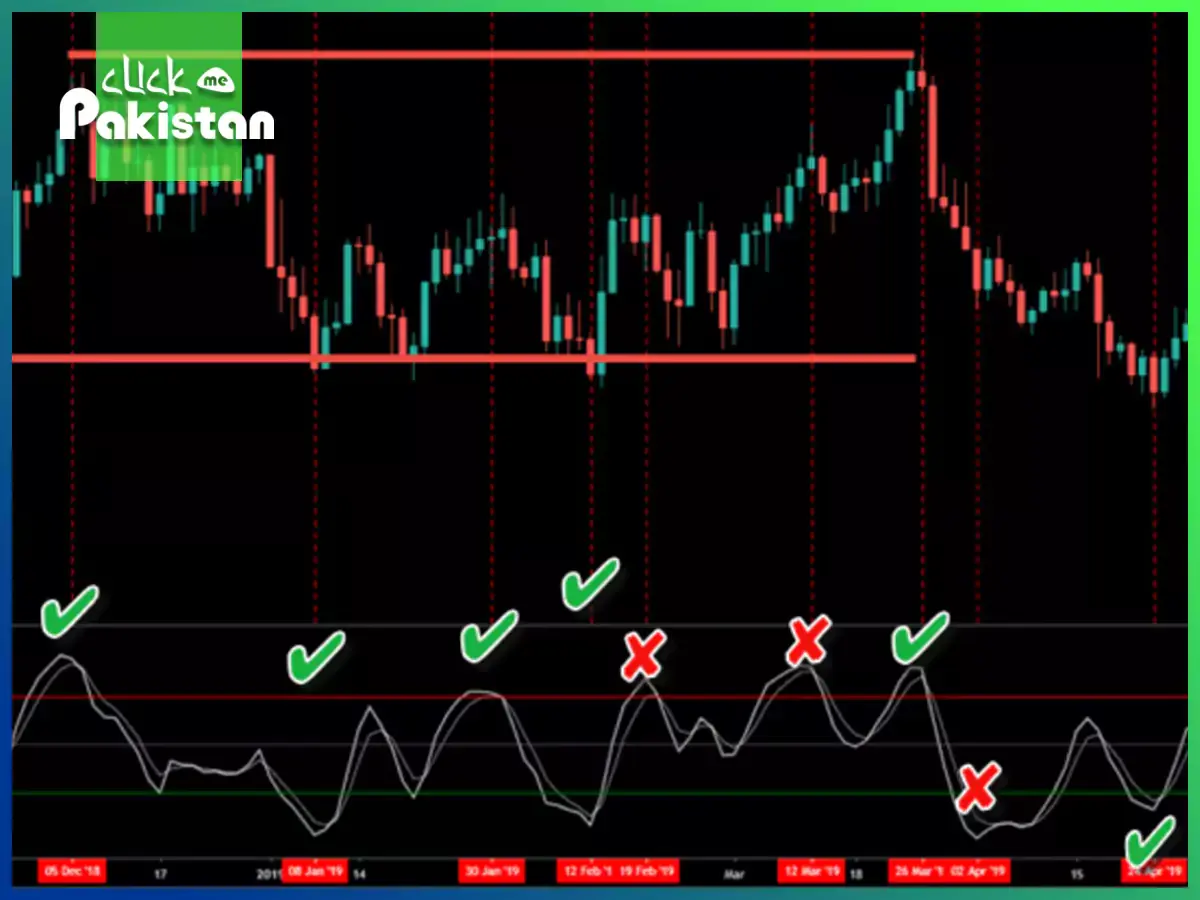To make well-informed judgments in the world of financial markets and trading, analysts and investors frequently depend on a variety of instruments. One such instrument for determining the momentum of a stock or other asset is the Stochastic Momentum Index (SMI), a technical analysis indicator. The fundamentals of the Stochastic Momentum Index, its operation, and how to apply it to improve your trading strategy will all be covered in this tutorial.
Developed in the 1950s to measure price momentum, George Lane’s stochastic oscillator provides the basis for the Stochastic Momentum Index (SMI), a technical indicator that improves upon it for greater accuracy. To assist traders assess if the present trend has legs or is about to turn, all that has to be done is compare the closing price of an asset to its recent range.
What is the stochastic momentum index?
One momentum indicator used to determine the direction and intensity of an asset’s price movement is the Stochastic Momentum Index (SMI). William Blau created it, and it is an improved version of the conventional stochastic oscillator. By removing some of the noise frequently connected to price changes, the SMI seeks to present a more accurate view of the momentum.
Two essential lines are produced by the stochastic momentum index: the faster-moving line (%K) which represents the momentum itself, and the three-period average (%D) which is the average over three periods. In essence, these lines serve as a roadmap for identifying turns from bullish to bearish and vice versa. For instance, it may be seen as a bullish indication if the momentum line crosses above the moving average. If the momentum line drops below the moving average, the inverse is true.
How to Interpret the Index of Stochastic Momentum?
Gaining an understanding of the SMI’s interpretation can greatly improve your trading selections. Here are some important things to think about:
Overbought and Oversold Conditions:
The SMI, like other momentum indicators, may be used to determine if an asset is overbought or oversold. The asset may be overbought when the SMI is noticeably higher than zero. In contrast, an asset may be oversold if the SMI is less than zero.
Crossovers:
When the SMI and its signal line cross, traders frequently keep an eye out for them. An indication that the asset’s momentum is strengthening is a bullish signal, which is a crossing above zero. On the other hand, a crossing below zero might indicate a downward trend.
Divergence:
Possible reversals may be indicated by divergence between the SMI and the asset’s price. For instance, it may indicate waning momentum and a potential price collapse if the price is rising to new highs but the SMI is not.
Trend Confirmation:
Trends may also be verified using the SMI. The strength of the bullish trend is reinforced when the SMI remains continuously above zero during an uptrend. A continually negative SMI during a downturn might validate the bearish trend.
Utilizing the Stochastic Momentum Index in Real-World Applications
Take into account the following advice if you want to employ the Stochastic Momentum Index in your trading strategy:
Combine with additional Indicators:
Moving averages and the Relative Strength Index (RSI) are two examples of additional technical indicators that work well when combined with the SMI. This combination can assist validate signals and offer a more thorough picture of the market.
Set Appropriate Time Frames:
The SMI’s efficacy might be affected by the time period used to calculate it. While longer time frames give a broader perspective with less noise, shorter time periods may deliver more frequent signals but may also be more volatile.
Use in Different Markets:
The SMI may be used in the commodities, currency, and stock markets, among other markets. But it’s crucial to comprehend the unique features of the market you trade in and modify your approach appropriately.
Practice and Refine:
Before utilizing the SMI in actual trades, practice using it in a simulated environment, just like you would with any other trading tool. This will assist you in deciphering its behavior and improving your plan of attack.
Conclusion
For traders trying to determine the direction and intensity of an asset’s momentum, the Stochastic Momentum Index (SMI) is a useful instrument.
You may improve your trading technique and make better selections if you know how it operates and how to read its signals. Refine your method by practicing frequently, setting appropriate time frames, and combining the SMI with other indications.
The SMI should be used in conjunction with a well-rounded strategy and customized to the unique features of the market you’re trading in, just like any other trading instrument.









